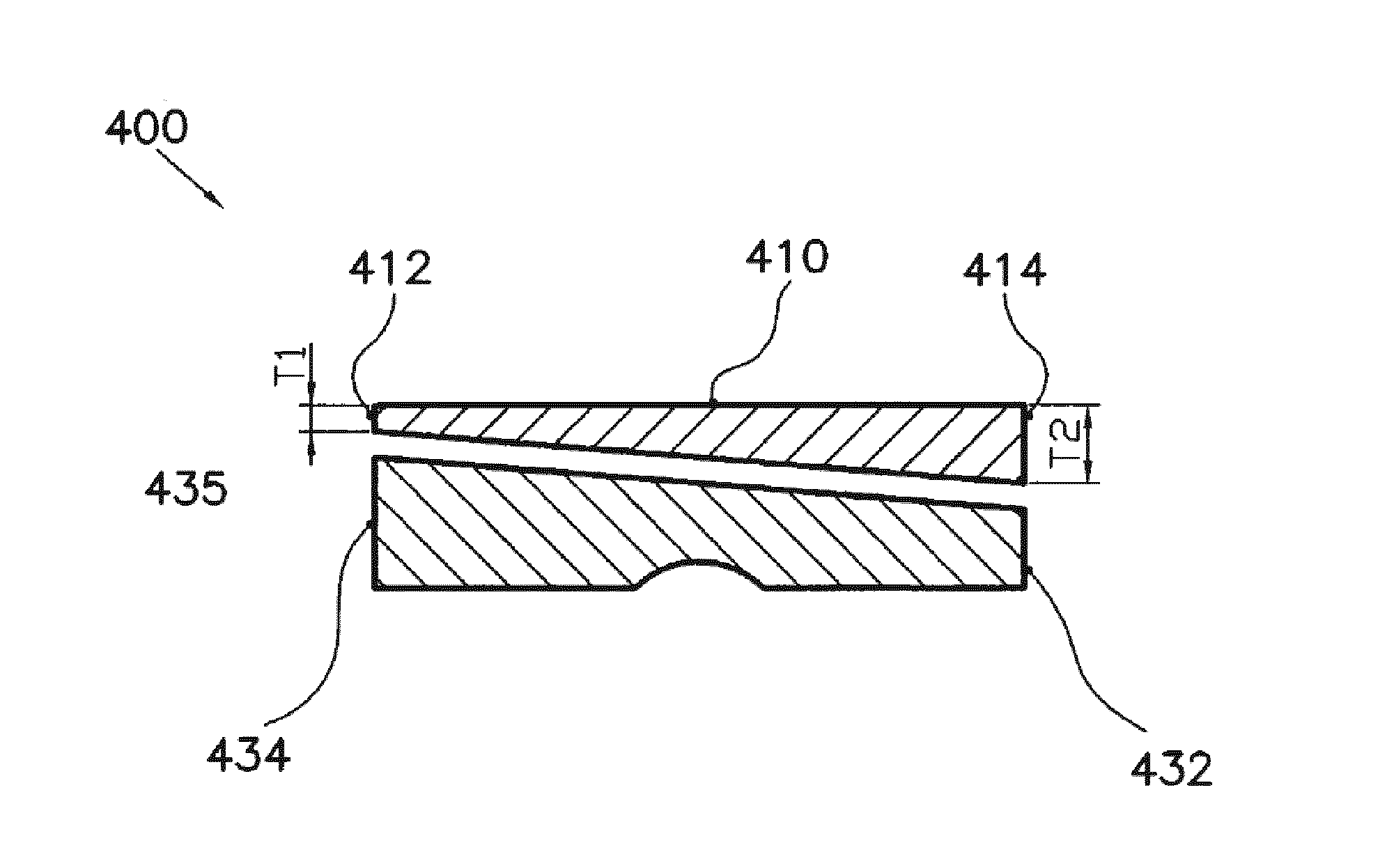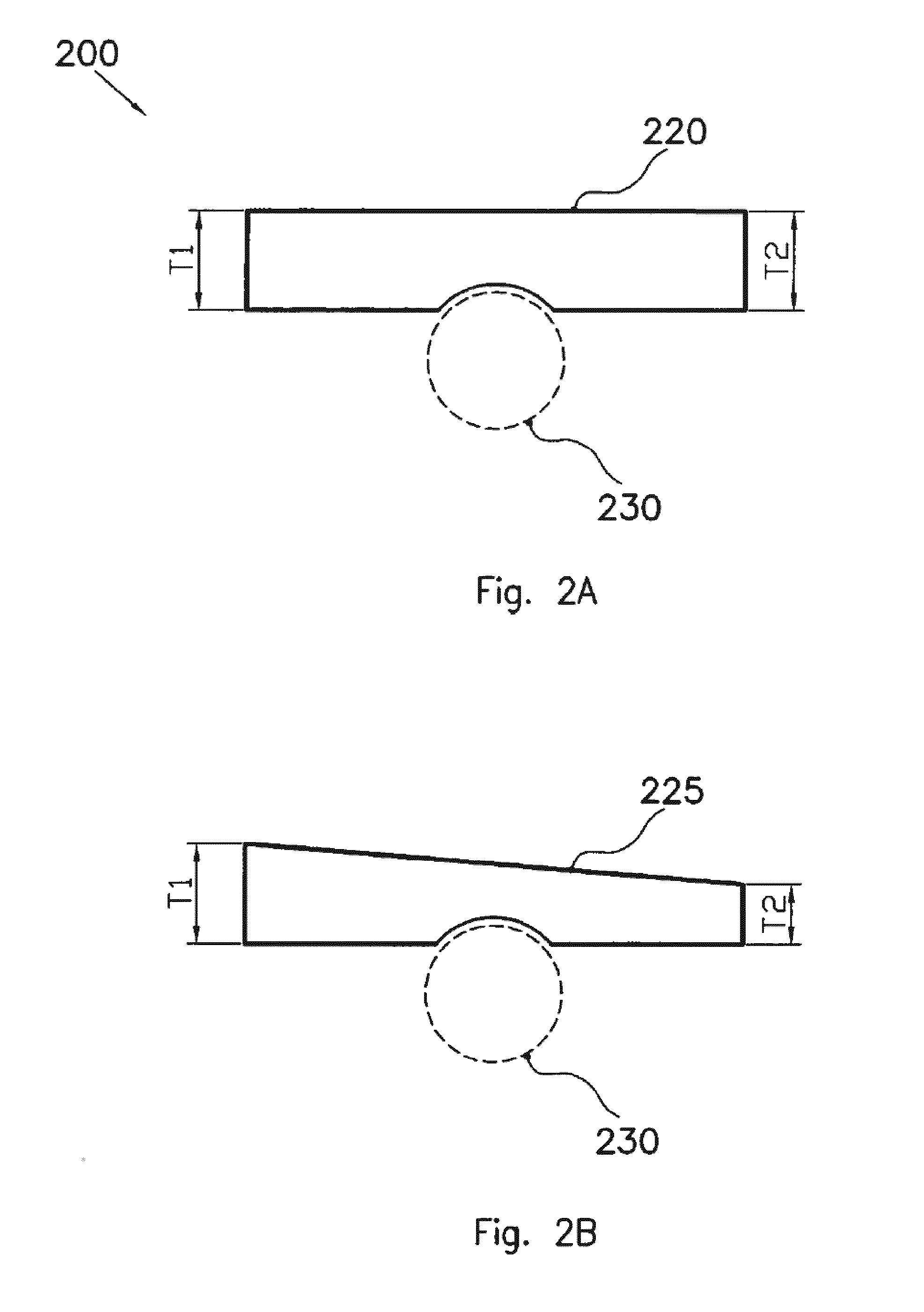Bearing assembly and method
- Summary
- Abstract
- Description
- Claims
- Application Information
AI Technical Summary
Benefits of technology
Problems solved by technology
Method used
Image
Examples
Embodiment Construction
[0035]The bearing assembly of the present invention generally has a symmetrical shape that is either spherical or cylindrical.
[0036]In the bearing assembly, said two-part outer race and optionally said inner race are formed from a plastic material.
[0037]In the bearing assembly of the present invention, said two-part outer race is generally capable of at least 7 percent elongation, and according to certain embodiments even of at least 16 percent elongation, without causing an increase in the permanent yield or exceeding the elastic limit of said two-part non-metallic outer race.
[0038]The Morse tapered shape of the said first part inner section and said second part outer section are advantageously as defined in ISO standard 296, which is hereby incorporated by reference.
[0039]The said first part inner section and said second part outer section having Morse tapered shape are assembled in the bearing assembly of the invention and overlaid and bonded in step (vi) of the method as above d...
PUM
 Login to view more
Login to view more Abstract
Description
Claims
Application Information
 Login to view more
Login to view more - R&D Engineer
- R&D Manager
- IP Professional
- Industry Leading Data Capabilities
- Powerful AI technology
- Patent DNA Extraction
Browse by: Latest US Patents, China's latest patents, Technical Efficacy Thesaurus, Application Domain, Technology Topic.
© 2024 PatSnap. All rights reserved.Legal|Privacy policy|Modern Slavery Act Transparency Statement|Sitemap



